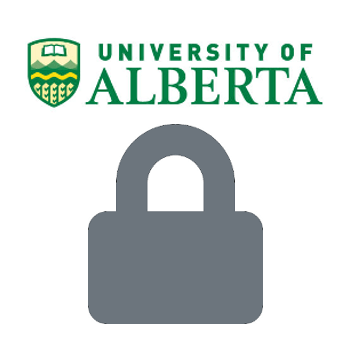This decommissioned ERA site remains active temporarily to support our final migration steps to https://ualberta.scholaris.ca, ERA's new home. All new collections and items, including Spring 2025 theses, are at that site. For assistance, please contact erahelp@ualberta.ca.
Search
Skip to Search Results- 800Biological Sciences, Department of
- 795Biological Sciences, Department of/Journal Articles (Biological Sciences)
- 424Nursing, Faculty of
- 392Agricultural, Food and Nutritional Science, Department of
- 392Agricultural, Food and Nutritional Science, Department of/Journal Articles (Agricultural, Food and Nutritional Science)
- 322University of Alberta Libraries Licensed Resources
-
2007
Johnson, S.J., Carroll, R.T., Vidmar, J.J., Stroeher,V., Taylor, G.T., Good, A.G., DePauw, M., Lu, Z., Savidov, N.
Nitrogen (N) is the most important factor limiting crop productivity worldwide. The ability of plants to acquire N from applied fertilizers is one of the critical steps limiting the efficient use of nitrogen. To improve N use efficiency, genetically modified plants that overexpress alanine...
-
1974-04-01
This article describes the 13 year history and functions of the Library at the Boreal Institute for Northern Studies at the University of Alberta. Mrs. Cooke had been the librarian since the library was established. The Boreal Institute Library was one of the North American anchors in the...
-
1974-10-01
In this article, Cooke provides an overview of the creation of the Northern Libraries Colloquy and its early years. Mrs. Cooke, Librarian at the Boreal Institute for Northern Studies - University of Alberta, is recognized as one of the four founders of the Northern Libraries Colloquy. This...
-
Proxying the Data Body: Artificial Intelligence, Federated Identity, and Machinic Subjection
Download2020-08-06
Academic libraries have recently seen a shift from self-management of user-authentication of licensed resources themselves, to cloud-based implementations of "federated identity" technologies. Such technologies aim to solve the problems of fragile access to licensed resources while also better...
-
Transferring evidence into practice: what evidence summaries of library and information studies research tell practitioners
Transferring evidence into practice: what evidence summaries of library and information studies research tell practitioners
Download2011
Mallan, Katrine, Koufogiannakis, Denise, Kloda, Lorie
Introduction. Critical appraisal is a crucial aspect of evidence-based practice. In order to determine whether research is valid, reliable and applicable, the evidence-based practice process advocates that published research be critically appraised. Between 2006 and 2008, the journal Evidence...
-
The Partnership Plans National Implementation of a Continuing Education Certification Program
Download2001
Clark, Diane, Campbell, Sandy, Sivak, Allison
The Partnership has agreed to move forward with a national implementation of a Continuing Education Certification Program subject to a satisfactory cost analysis. The project will be operated by the Library Association of Alberta.
